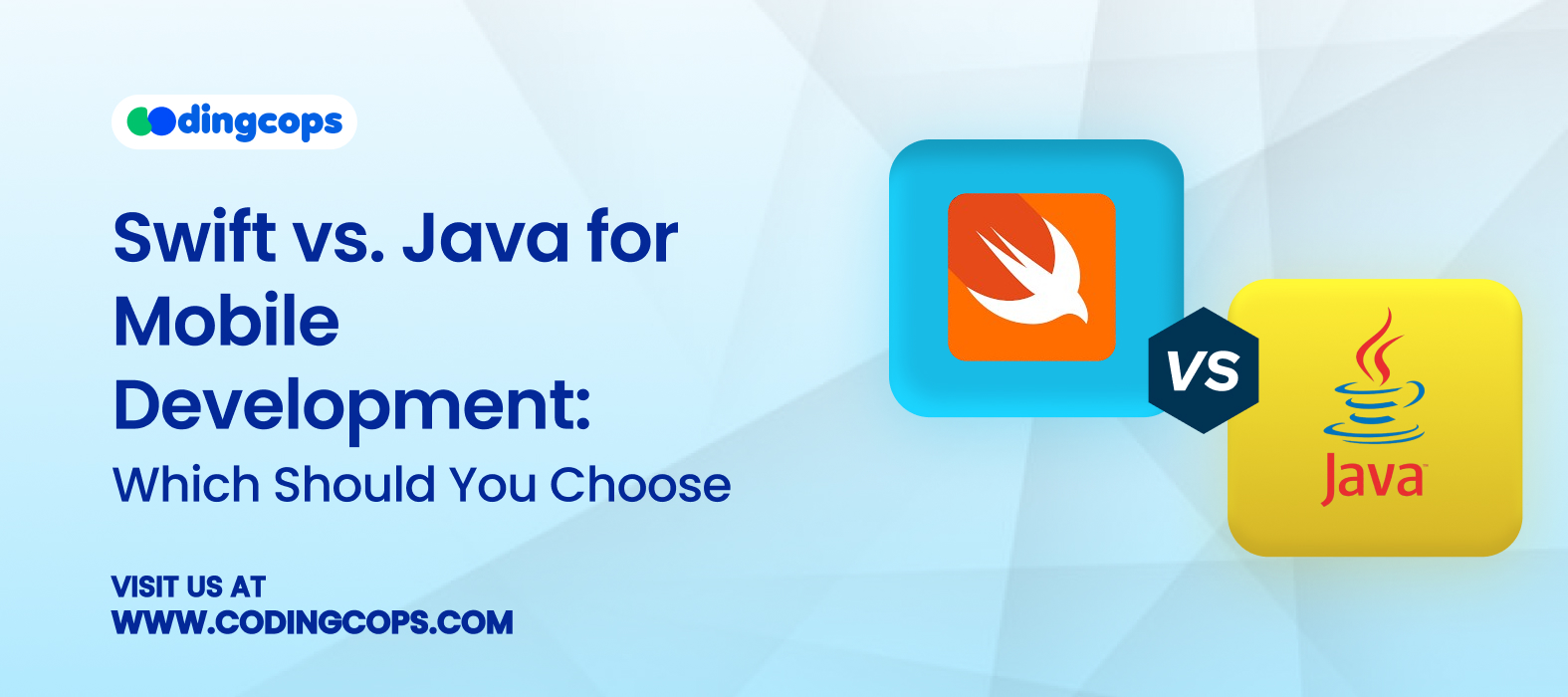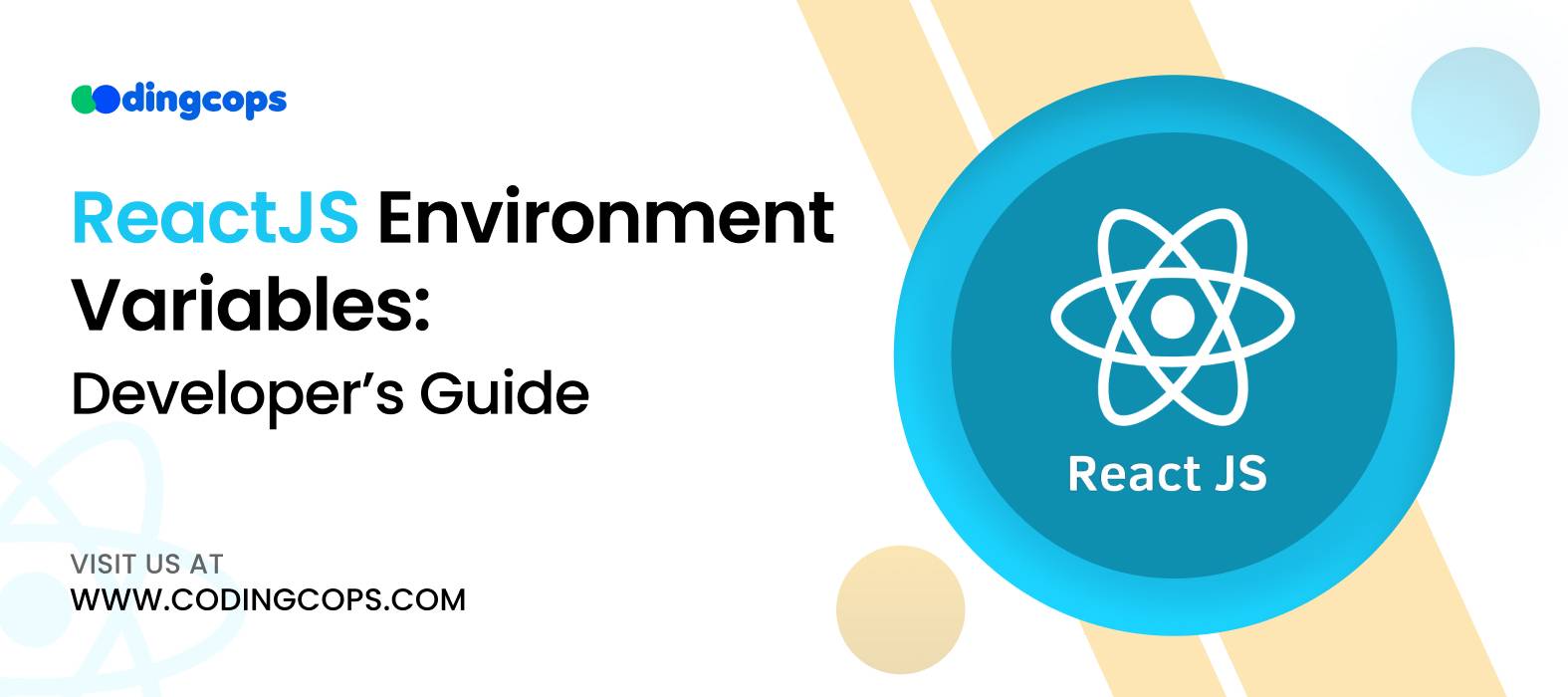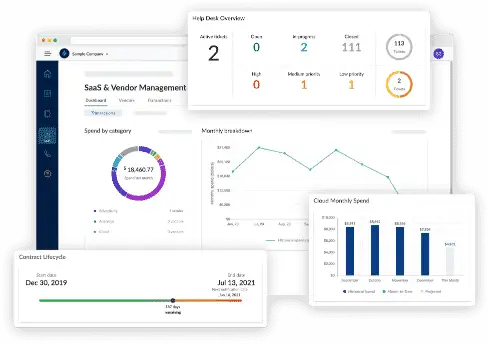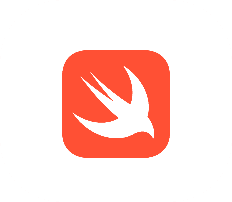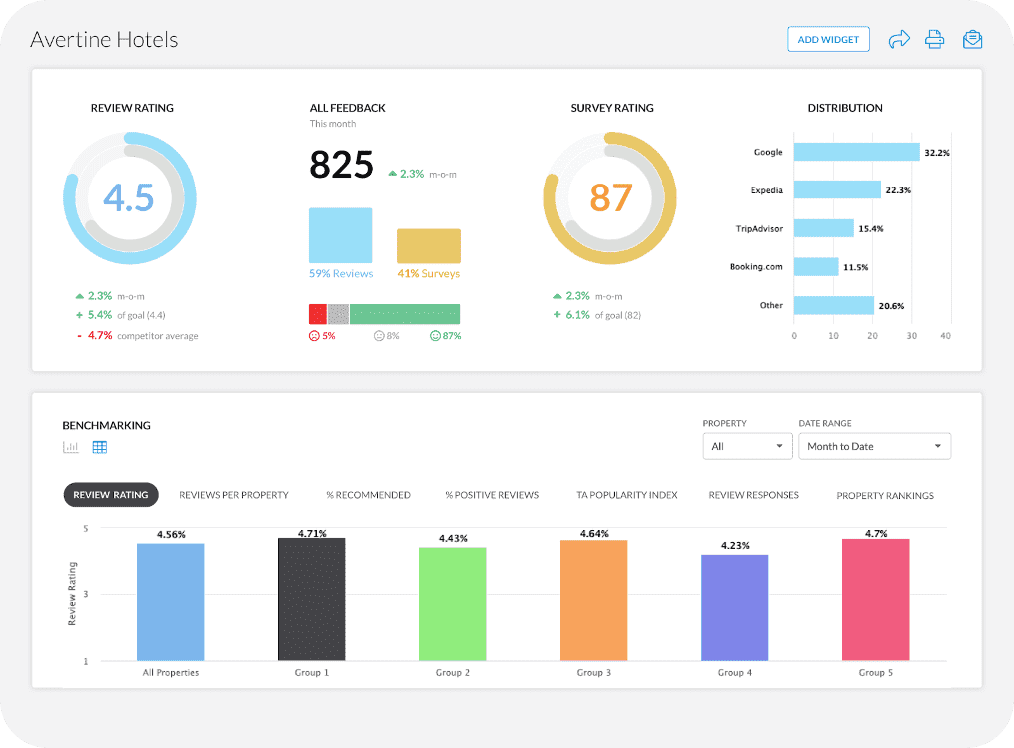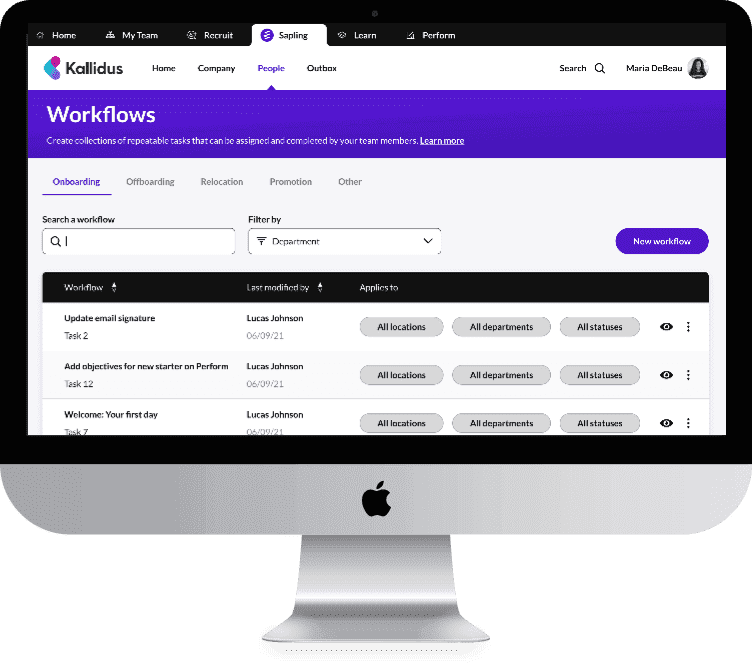When you plan to purchase a smartphone, you think about specifications, body type, battery life, and many other factors. Additionally, you spend a considerable amount of time deciding whether to opt for an iOS device or an Android smartphone.
Since it is an easy decision, you have to choose one. But just think about the companies and businesses seeking mobile application solutions, especially when they have to build separate applications for the Android and Apple platforms. It requires additional brainstorming, investment, time, and resources.
It is very important to select the appropriate programming language prior to the construction of mobile applications. It forms the foundation of any mobile app and defines such aspects as the ease of running an app and the speed of updating/scaling it.
In today’s article, we will compare two popular programming languages, i.e., Swift and Java. Swift is the primary programming language for building Apple applications for various OSs. On the contrary, Java is a popular programming language and is used to build high-quality, complex, and robust enterprise applications. It is one of the preferred languages for Android applications.
In addition, Java also provides cross-platform development that developers can utilize to develop applications on iOS and Android platforms using one code base.
Swift – Apple’s Best Buddy
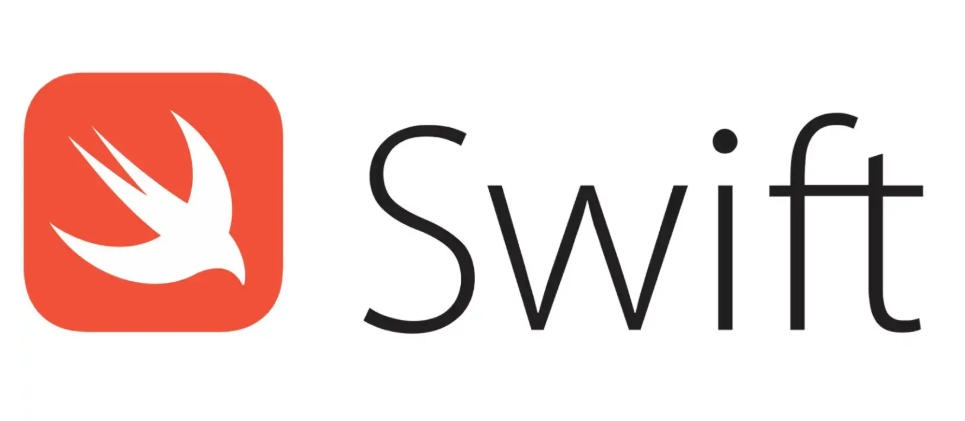
Developed by Apple in 2014, Swift is a modern, open-source programming language introduced with the purpose of replacing Objective-C. Choosing Swift in place of Objective-C provides you with improved safety, speed, and readability.
Primarily, Swift is employed in the making of applications on the Apple platforms, including iOS, watchOS, TVOS, and macOS.
According to the Stack Overflow Developer Survey 2024, around 4.7% developers around the globe use Swift. That’s not a huge number, but keeping in view the fact that it is only used for building applications for Apple platforms, the number is justified.
Why Apple Built Swift
Apple built Swift with only one thing in mind: making it developer-friendly. With Swift, developers enjoy type safety, smooth error handling, and concise syntax. Such features of Swift are equally captivating for beginners and experienced developers.
Moreover, you can leverage Apple’s native frameworks like SwiftUI and UIKit for building fast and responsive applications.
Java – Android’s Powerhouse
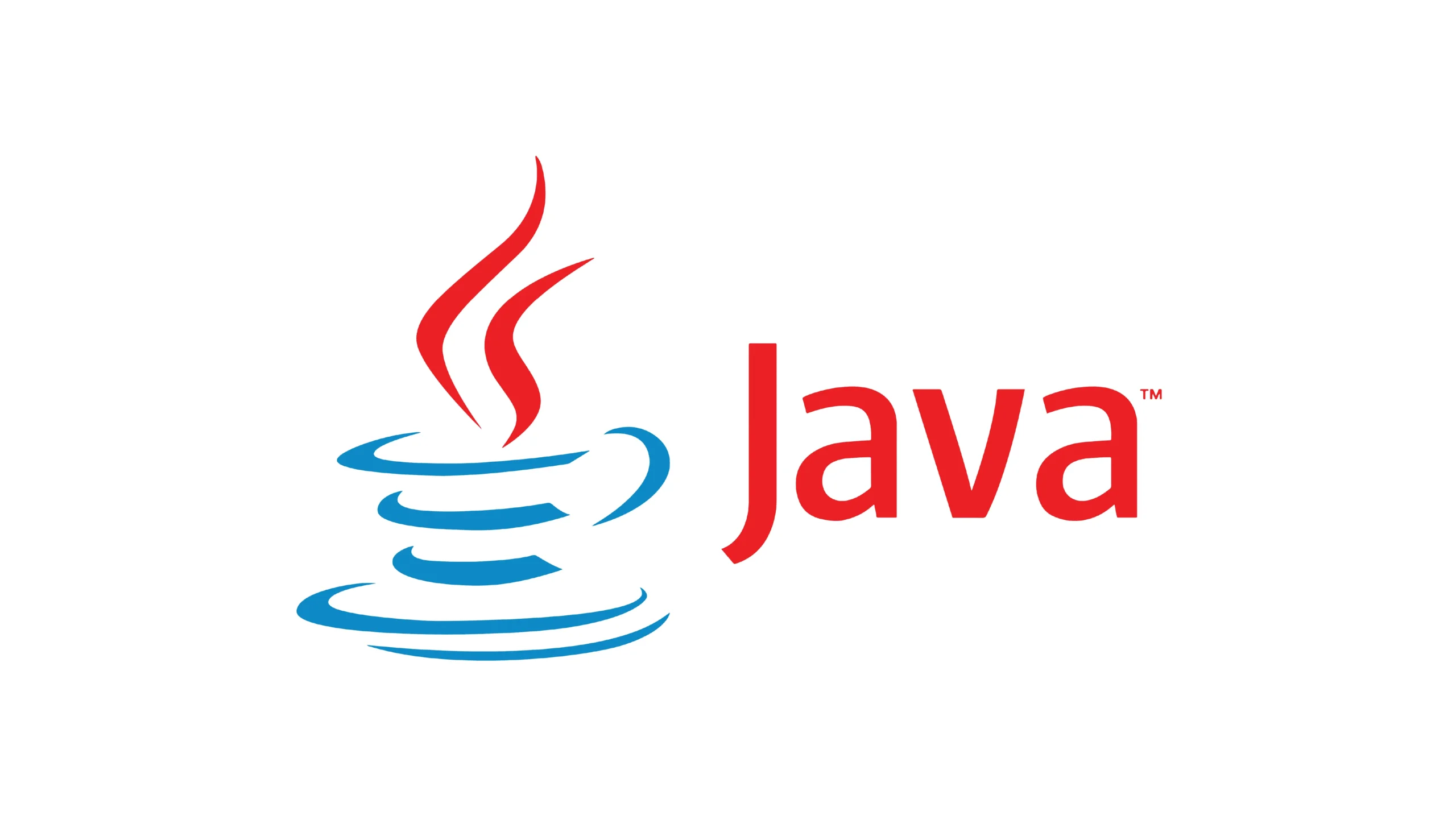
In the software industry, there would hardly be a person unfamiliar with Java. It is a general-purpose programming language following object-oriented programming. Nowadays, Java is primarily used for Android development and is said to be the backbone.
Moreover, other than Android, Java is widely used to build enterprise applications, backend systems, and cross-platform tools.
Research shows that Java is the primary choice for 30% of developers to work with programming-related tasks. Moreover, it is widely used in modern technologies such as big data analytics, cloud computing, DevOps integration, and IoT solutions.
Why Java is Popular
Java Virtual Machine (JVM) executes the code that developers write in Java. Java is a platform-independent programming language because the code is run on the JVM. This is referred to as the philosophy of Write Once, Run Anywhere, and this is what has made Java popular among businesses and industries.
Pros and Cons of Swift and Java for Mobile App Development
Pros and Cons of Swift
| Pros | Cons |
| Syntax is easy to read and write. | Limited to work for Apple’s platforms. |
| Modern and up-to-date; updated constantly with new features and improvements. | Smaller community compared to Java; hard to find resources and support. |
| Requires less code to work. | Limited libraries and tools. |
| Known for high speed and efficiency. | |
| Open-source programming language. |
Pros and Cons of Java
| Pros | Cons |
| Have a huge talent pool around the world. | Syntax is complex compared to Swift. |
| Offers cross-platform compatibility. | Furnishes slower performance compared to other programming language. |
| Comes with a huge set of libraries and tools for mobile application development. | Code-intensive programming language. |
| Ensures reliability and security. | |
| Open-source programming language. |
Swift vs. Java for Mobile Development – A Detailed Comparison
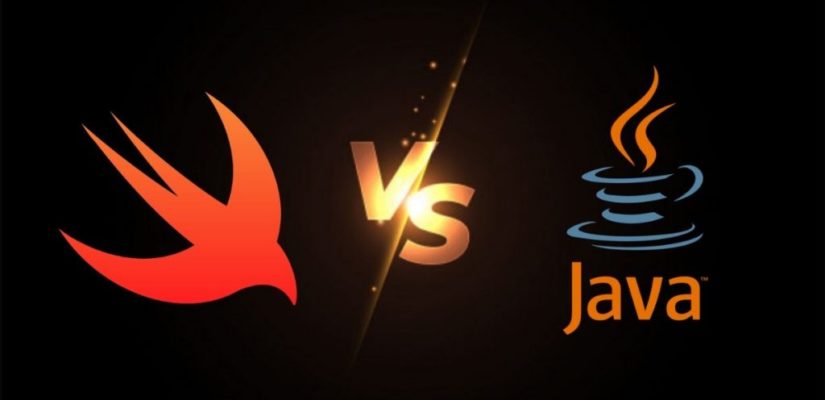
Swift and Java are primarily used to develop applications that run on mobile devices smoothly and efficiently. Both platforms have different roles but with the same purpose. Let’s find out how they differ from each other.
Mobile Development Ecosystems
Let’s talk about Swift first. Swift is a programming language that is tightly integrated with Apple’s ecosystem and has nothing to do with anything else except Apple. The Apple developers use Xcode, Apple’s official IDE, for building applications. It comes with an advanced UI builder, simulators, and various debugging tools.
Swift with SwiftUI and UIKit helps developers to design exciting and dynamic user interfaces, providing them with the freedom and the power they require. The declarative UI is written in Swift UI and traditional UI in UIKit.
Conversely, Java is a tremendous language behind the Android platform to create superior, strong, and secure Android programs. Developers should be able to work with Android Studio, and this is usually applied in the development of Android applications.
Android Studio is the official integrated development environment that helps in developing Android applications, and it is accompanied by a strong set of tools, emulators, and plug-ins.
Speed and Efficiency
When it comes to speed, Swift is far ahead of Java. The code in Swift is directly compiled to native machine code. This enables applications to run and respond quickly. Thus, this feature of Swift makes it an ideal choice for building applications, especially performance-driven Apple applications.
In contrast, Java runs on the Java Virtual Machine. Certainly, the ability to execute the code on the Java Virtual Machine makes it a cross-platform programming environment, though you can expect a modicum of execution lag. Nevertheless, it causes a very short delay, not always noticeable, yet able to impact the performance of the mobile application, especially in resource-intensive ones.
Memory Management
For memory management, Swift uses Automatic Reference Counting that tracks and deallocates unused objects predictably. Hence, this strategy reduces memory leaks and improves the stability of the application.
On the other hand, Java depends on garbage collection for memory management. It enhances the memory usage by clearing memory at different intervals by scanning and removing unused objects. This is an effective process, but it halts app operations sometimes.
Learning Curve and Developer Experience
Swift is a clean, easy-to-read, and learn programming language. It provides an easy learning curve for beginners. Moreover, Apple provides Swift Playgrounds for beginners to learn and experiment with Swift.
Furthermore, you will witness that Swift ensures type safety and offers powerful error-handling features, which help you tackle bugs and make development error-free.
Putting Java under consideration, we come to know that it provides a steeper learning curve because of its verbose syntax and older constructs. But the good thing is, it is a widely used language and is taught everywhere as a core computer science subject. Along with this, it offers extensive documentation, tutorials, and various forums that assist in learning Java.
Community and Ecosystem
While talking about community and ecosystem, let’s consider Java first. Java is an established and old programming language, which turns out to make it a larger community and mature ecosystem. In case of any issue, developers can find unlimited resources, tutorials, plugins, and solutions online. Moreover, Java is a complete, general-purpose programming language that is best for building enterprise-level applications beyond mobile applications.
Whereas, Swift is relatively new compared to Java. However, it is growing rapidly with the strong support of Apple. Developers are quickly adopting Swift because of its open-source and annual update features. Furthermore, the smaller community of Swift is now turning into a vibrant community, particularly among iOS professionals.
Security and Stability
Swift incorporates security features with features as optional types, strict error handling, and memory management without direct access to pointers. All these features contribute to the security and stability of the iOS applications and reduce crashes and bugs.
While Java is an established language and has security features, it has undergone years of research. However, you may face inconsistent behavior by Java or delays in the security updates while working with Android’s fragmented OS versions.
Cross-platform Development
You can’t use Swift for any other device unless it is Apple’s official device. Swift is solely designed to build applications for Apple platforms. It has nothing to do with cross-platform development.
Java, on the other hand, can be used for cross-platform development by using frameworks like Flutter, Xamarin, React Native, JavaFX, and Kotlin Multiplatform Mobile. Therefore, if you want to build applications that run on more than one platform, Java should be your go-to choice.
Maintenance and Scalability
Maintenance is easier for programming languages with an easy and readable syntax. Hence, it is easier to maintain a Swift codebase, and Apple also provides frequent updates with new features and performance improvements.
For building large-scale, complex applications, people often choose Java. Because of its robust refactoring tools, dependency injection frameworks, and design pattern libraries, the scalability it provides is matchless and has no comparison with Swift.
So, when it comes to scalability, Java is the winner. Whereas, Swift takes the lead in maintenance.
Real-world Use Cases of Swift and Java
Swift is used by several well-known iOS applications. Airbnb, Slack, and Uber use it for delivering captivating mobile interfaces. On the other hand, Java is mostly used for Android apps, and platforms like Twitter, Spotify, and LinkedIn use it for delivering solutions to Android users.
When to Choose Swift
Choose Swift if:
- You are building an iOS-only application.
- You want top-notch performance and design.
- Your goal is to monetize through premium users.
- A modern and safe programming language is your preference.
- Your development is familiar with Apple tools.
When to Choose Java
Go with Java if:
- You want to build Android or cross-platform applications.
- You already have Java developers on your team.
- Your business seeks an enterprise-level solution.
- You want broader device compatibility.
In the End
Ultimately, it is your decision. You need to make a choice of a programming language based on the needs, project objectives, and the capabilities of the team. Swift is the one to pick when you need a high-quality, convenient, and user-friendly iOS application with the highest performance and design consistency. Nonetheless, Java should be your preferred option in case you are willing to reach more people and the market.

